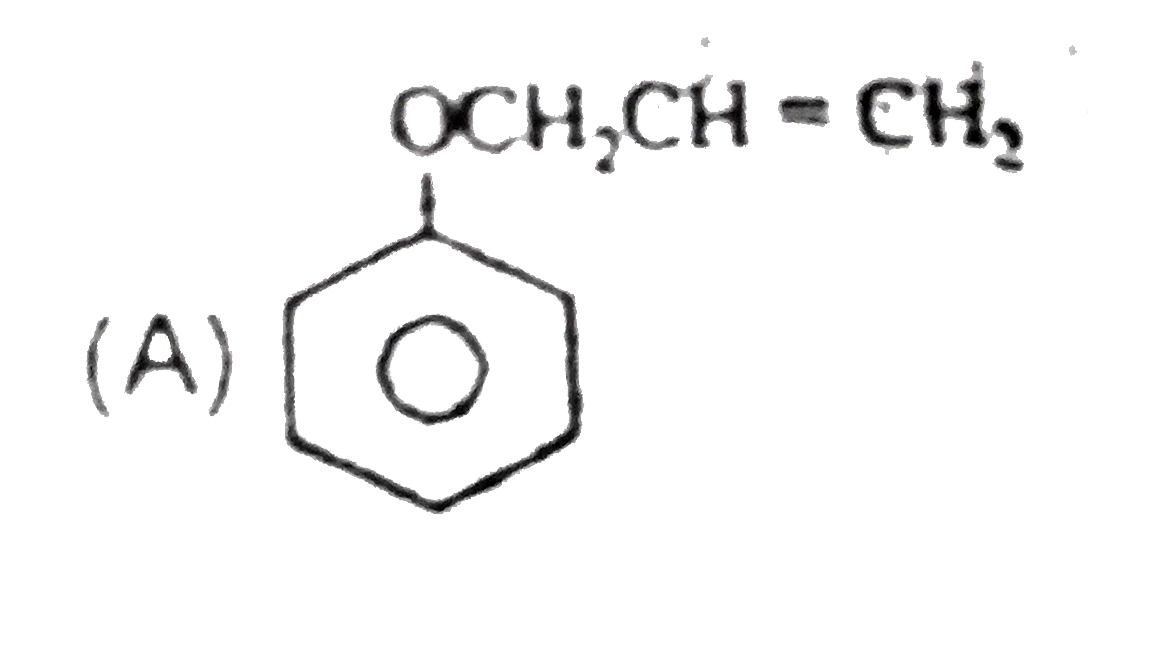
Here P is/are :



All of these
The correct Answer is:A,B
This is an example of nucleophilic substitution. Since phenoxide ion is an ambident nucleophile, with negative charge on both O and on the ortho C atoms of the ring, it will produce both (a) and (b) products.

Topper's Solved these Questions
Similar Questions
If in a positive integer such that If a number a=p+f whre p is an integer and 0<f<1. Here p is called the integral part of a and f its fractional part. Let n∈N and (√3+1)2n=p+f, where p is the integral part and 0<f<1. On the basis of bove informationi answer teh following question:
f2+(p−1)f+4n=
(A) p (B) −p (C) 2p (D) −2p
View SolutionIf in a positive integer such that If a number a=p+f whre p is an integer and 0<f<1. Here p is called the integral part of a and f its fractional part. Let n∈N and (√3+1)2n=p+f, where p is the integral part and 0<f<1. On the basis of bove informationi answer teh following question:
The integral part p of (√3+1)2n is
(A) an even number for al n epsilon N
(B) an odd number for all nepsilon N
(C) anodd or even number according as n is odd or even
(D) an even or odd nuber according as n is odd or even
View SolutionPhenol +CH2OAlkali−−→A , Here, [A] is :
View SolutionThe frequency of vibration of string is given by v=p2l[Fm]1/2. Here p is number of segments in the string and l is the length. The dimensional formula for m will be
View SolutionFor a p-V plot, the slope of an adiabatic curve = x × slope of isothermal at the same point. Here x is :
View SolutionFor a particle in uniform circular motion , the acceleration →a at a point p(R,θ) on the circle of radiu R is ( Here θ is measured from the x−aξs )
View SolutionPropanamide Br2−−→KOHA(i)HNO2−−−−−−−−→(ii)RedP,HIB, here [B ] is :
View SolutionCH3COOHBr2/P−−−→(Y)(i)KCN−−−−−−→(ii)H3O+(X)
Here, (X) is :
View SolutionPressure P, Volume V and temperature T of a certain material are related by the P=αT2V. Here α is constant. Work done by the material when temparature changes from T0 to 2T0 while pressure remains constant is :
View SolutionBlocks P and R starts from rest and moves to the right with acceleration ap=12tm/s2andaR=3m/s2. Here t is in seconds . The time when block Q again comes to rest is

View Solution

